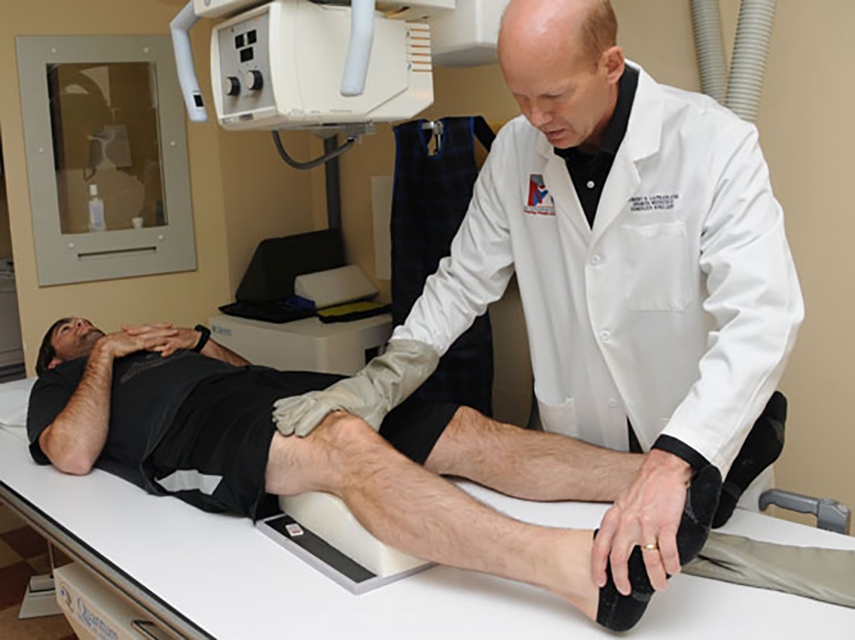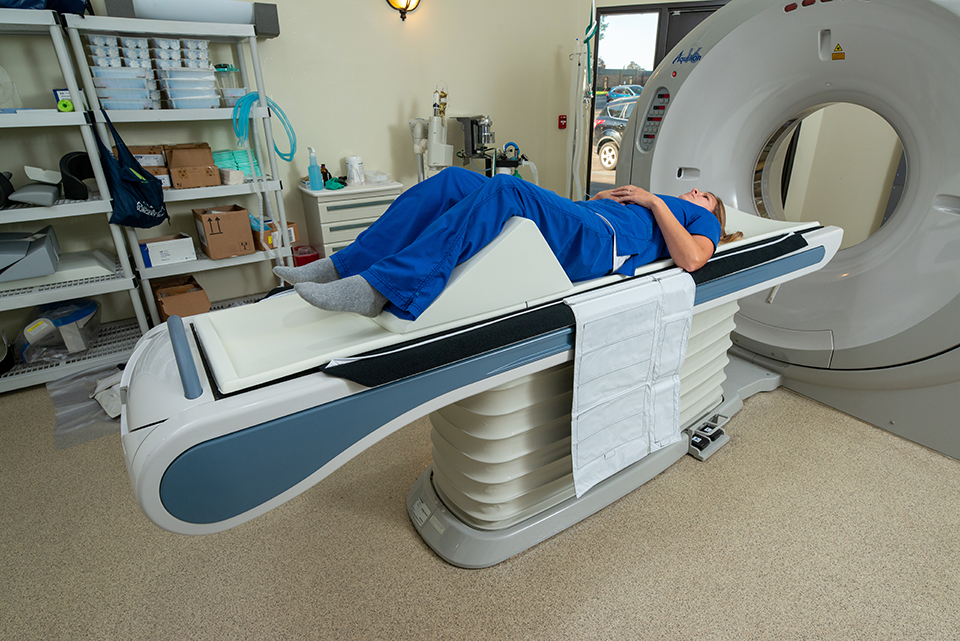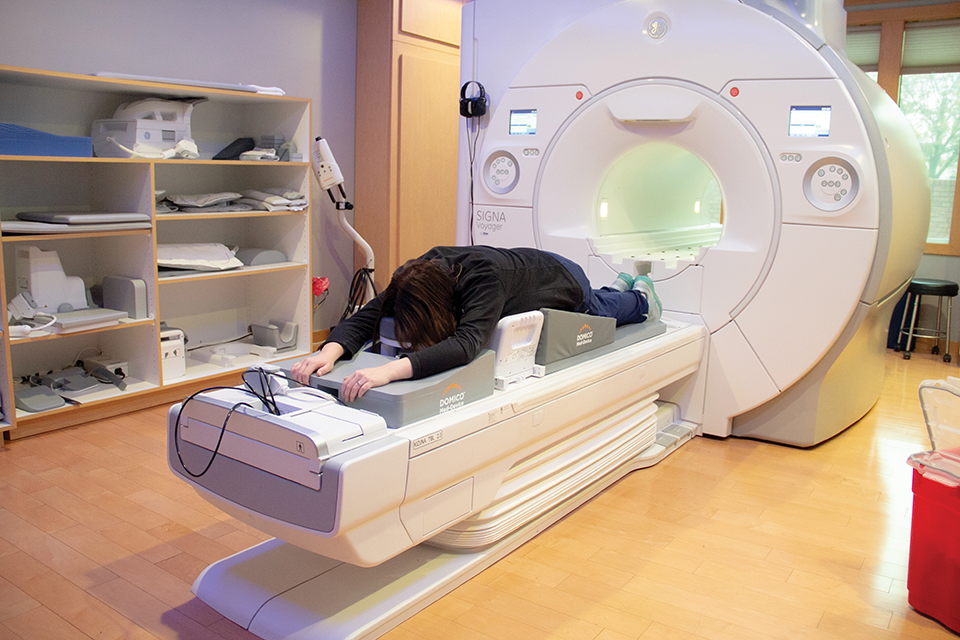Patient Positioning Factors That Improve Imaging and Therapy Success, Part 3: Efficiency and Accessibility
This is the final installment in a 3-part series on patient positioning factors that improve imaging and therapy success. Part 1discussed how...



